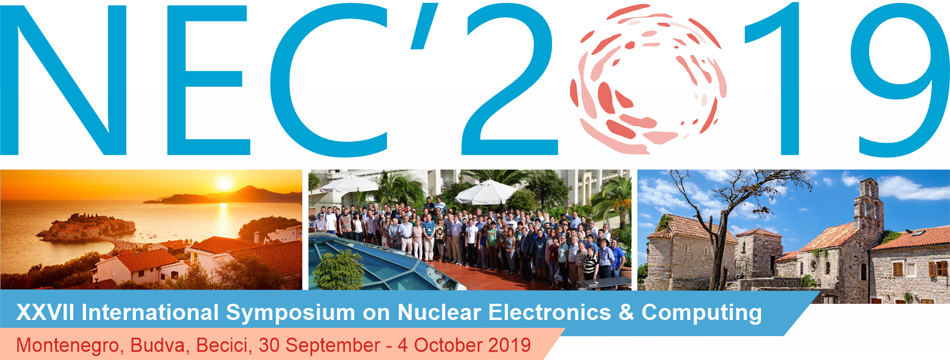Speaker
Description
Summary
The number of geographically distributed data centres (DC) grows each year. Quite often new DCs are located in cold regions of the world to save money and energy for cooling. An important criterion for the location of DC's is the availability of electrical power. In some of the best locations, access to expert staff is limited. It is probably better to maintain DC without permanent staff. To manage such DCs, a distributed operating management system (DOMS) is needed. The DOMS must be able to control many virtual objects like virtual machines, virtual data links, virtual storage to form an IaaS cloud. Due to geographical distribution, the requirements for system stability in terms of hardware and software malfunctions are high. These are defined through specific Service Level Agreements (SLA).
In our solution, the DC is considered to be a group of hardware and/or virtual servers which is dedicated to run the user virtual machines (VM) and/or storage servers. Each pair of DCs may be interconnected by one or more virtual data transfer links. The program system OpenVPN is used to provide data tunnels between DCs located far from each other.
In designing the DOMS, we employ:
• Free and Open Source Software (FOSS) for DOMS components;
• Software Defined Networking (SDN);
• Software Defined Storage (SDS);
• Infrastructure as Code (IaC).
The DOMS requires a specific combination of operating system, cloud system, storage organization and networking. Many aspects of the specific components selection are out of scope of this paper. DOMS uses the following essential software components: OpenStack as a cloud platform, Ceph as a storage subsystem, SaltStack as an IaC engine and many other program systems. The NauLinux (clone RHEL) is used as an operating system.

